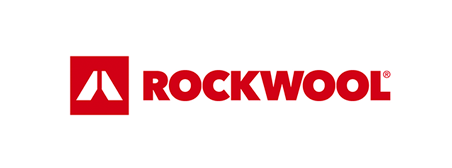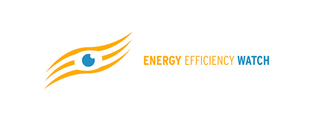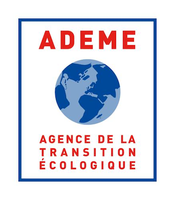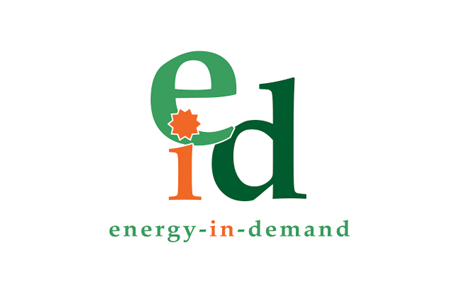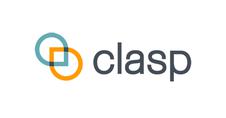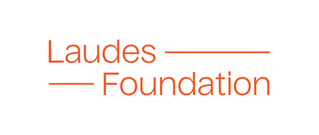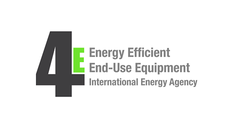Search eceee proceedings
Integrating energy labelling with a quality assurance process: a new quality seal for planning, installation and commissioning of VAC systems
Panel: 8. Innovations in products, systems and building technologies
Authors:
Helena Stange, ifeu, Germany
Uta Weiß, Institute for Energy and Environmental Research - ifeu, Germany
Heiko Schiller, schiller engineering, Germany
Ronny Mai, Institut für Luft- und Kältetechnik - ILK, Germany
Susanne Walter, suwa design, Germany
Abstract
In non-residential buildings, ventilation and air-conditioning (VAC) typically account for a significant share of energy consumption. Often owners might not even be aware of the VAC’s high energy footprint due to missing meter and sensor technology in medium and large size systems. Ecodesign and energy labelling have contributed to raising the energy efficiency of the components of new VAC systems. However, the ultimate energy consumption depends to a large extent on an appropriate sizing and efficient operation of the complete system: e.g. an over-sized system that ventilates unused rooms wastes energy even with an efficient fan.
From planning to operation of a VAC system, a number of pitfalls regularly result in waste of energy: e.g. missing information about probable use; insufficient sensors and actuators for adaptation to changing demands; too few time allotted to commissioning; lost information for energy efficient operation when responsibility passes to the user.
Here, we present a new approach that combines energy labels with a quality assurance process for new VAC systems. The concept transfers the EU energy label to a bespoke systems label and introduces an independent auditor to accompany the planning, installation, commissioning and operation. In a three step process, the auditor checks energy efficiency, sizing, sensor technology, plans for commissioning, instructions and training for operators, and more.
The voluntary process works as an exchange between auditor, building owner and planning offices involved: asking the right questions and the right moment, making sure no information is lost and plans are implemented correctly. At each step, the auditor reflects the current status via an energy label. To create the labels, an especially developed software algorithm rates the yearly energy demand. Energy labels help the auditor to visualise and condense information on energy efficiency in a way that is easily understood by customers.
At least six months after commissioning, a last check of the operation conditions and settings ends the process.
Successful completion of the monitoring process is rewarded with a Seal of Quality for Ventilation and Air Conditioning (“Qualitätssiegel Raumlufttechnik”), issued as a certificate for a building’s entirety of ventilation and air conditioning system. A manual provides guidelines and minimum energy requirements for the award.
The Seal of Quality for Ventilation and Air Conditioning transfers the well-established energy labels for products to a complex system, including planning, installation and operation. Additionally, it showcases how to combine energy savings and energy efficiency with quality assurance. The design of the process as a support in information flow for all involved parties - while setting clear energy efficiency requirements - offers acknowledgment for good work to planners and installers, as well as assurance of a high energy efficiency of the complete VAC system to customers.
The concept was commissioned by the German Environment Agency and is shortly expected to be available to the public. While counting on positive feedback from industry stakeholders, a broad implementation requires additional steps: currently the concept is under consideration by the relevant standardization committee in Germany.
Generally, the challenges regarding planning, installation/commissioning, operation and their relevance for energy savings are not unique to VAC systems. Therefore the concept could be transferred to other complex building related systems, such as heating. In the future, linking energy efficiency quality assurance to subsidies or regulations for new buildings is desirable, possibly including heating as a further step.
Downloads
Download this presentation as pdf: 8-128-22_Stange_pres.pdf
Panels of
1. Dynamics of consumption: less is more?
2. Efficiency and beyond: innovative energy demand policies
3. Policy, finance and governance
4. Monitoring and evaluation for a wise, just and inclusive transition
5. Towards sustainable and resilient communities
6. Energy-efficient and low-carbon mobility for all
7. Policies and programmes for better buildings
8. Innovations in products, systems and building technologies










